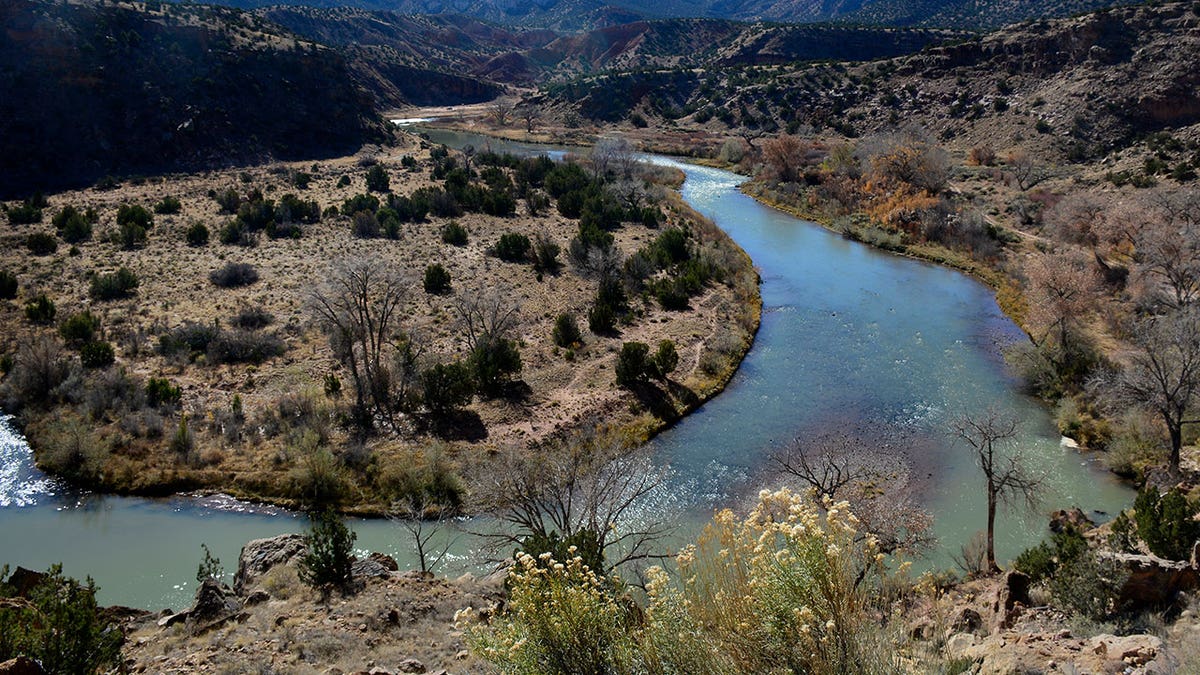Following significant public pressure, federal land management agencies have abandoned their plan to spray pesticides near the Rio Chama in northern New Mexico. The project aimed to control an invasive grasshopper population but raised concerns about potential harm to the local ecosystem.
The Bureau of Land Management (BLM) announced the decision after environmental groups and community members voiced worries about the use of carbaryl, a potent neurotoxin. The plan involved dispersing 670 gallons of the pesticide across 39 square miles, which critics feared would kill beneficial insects like bees and monarch butterflies, along with the targeted grasshoppers.
While the U.S. Department of Agriculture (USDA) had conducted an environmental assessment earlier in the year, the BLM determined that further analysis and community engagement were necessary. This additional work could not be completed within the current season, effectively halting the spraying project.

The Rio Chama, a vital waterway in the region, was at the center of the controversy. Grasshopper populations in the area had reportedly reached 35 per square yard, more than four times the level considered an outbreak. The USDA had argued that this infestation threatened grazing lands and the broader ecosystem.
However, organizations like the Xerces Society countered that the pesticide's potential for collateral damage was too high. Concerns were also raised about carbaryl's potential carcinogenic effects on humans. Critics argued that the initial plan prioritized ranchers' needs without adequately considering the wider impact.
Although the plan included buffer zones around water bodies and riparian areas, concerns persisted about pesticide drift. Some feared that contamination of the Rio Chama could impact the Rio Grande and downstream agricultural lands and tribal communities.
The decision to halt the spraying has been welcomed by environmental advocates and community members who are now calling for a more collaborative approach to address the grasshopper issue. They advocate for solutions that consider the needs of ranchers, recreational users, tribes, and the environment.
Comments(0)
Top Comments